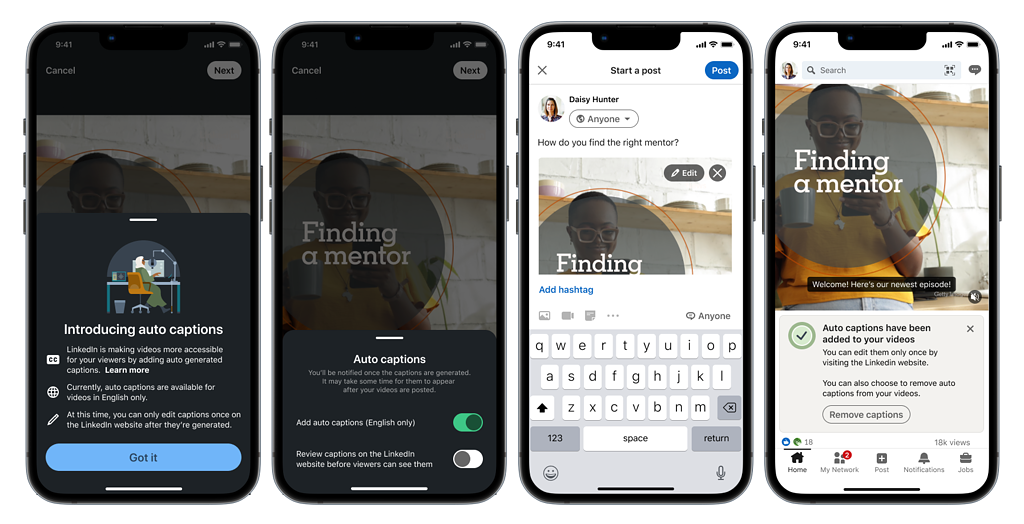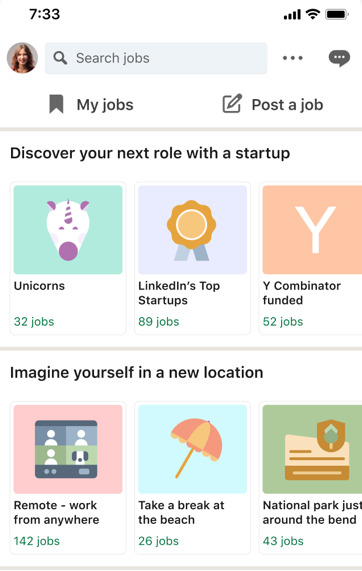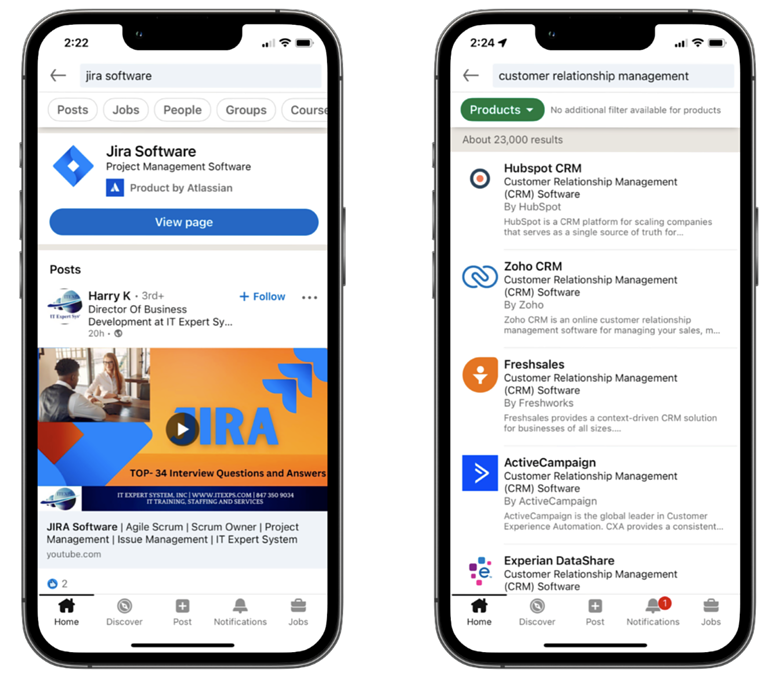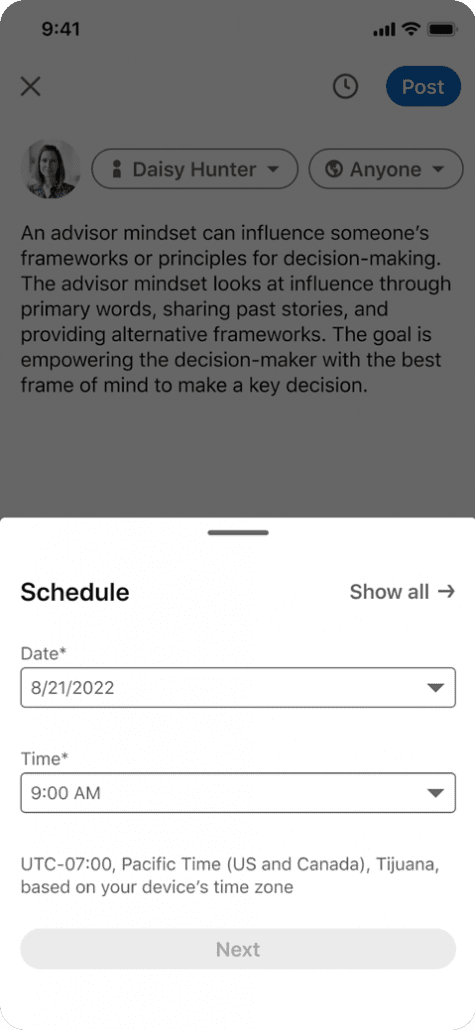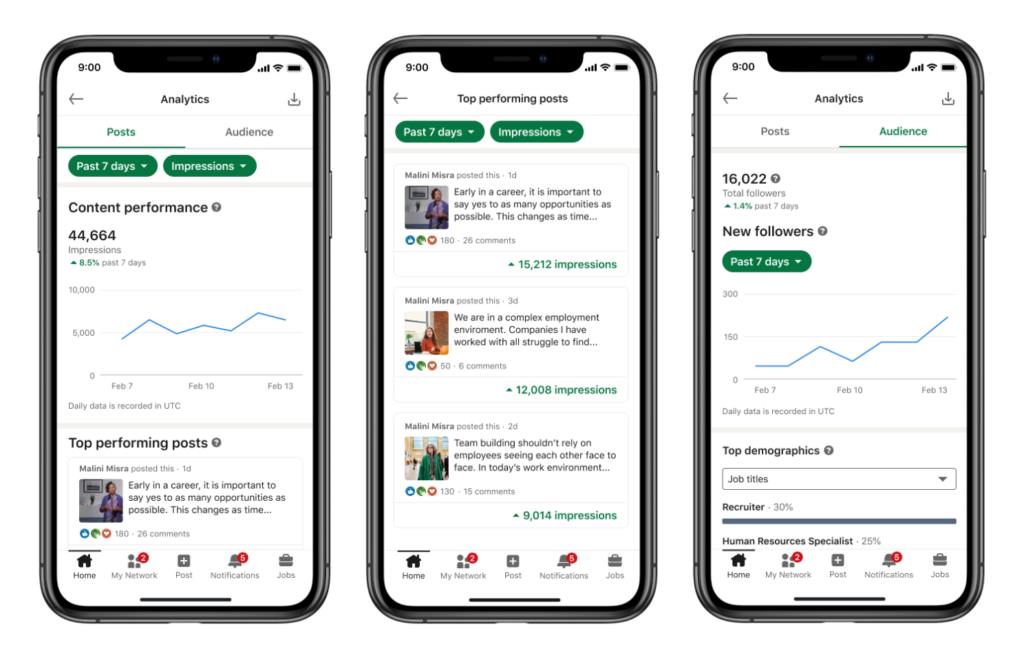A new report from Forbes confirms that TikTok employees can and do promote specific videos across the platform – effectively deciding what goes viral.
Several current and former employees reported that some employees have access to this ability via a “heating” button which overrides the platform’s usual algorithm to ensure as many users can see content as possible.
What Is “Heating”?
An internal TikTok document called the “MINT Heating Playbook, “The heating feature refers to boosting videos into the For You feed through operation intervention to achieve a certain number of video views.”.
According to the company, this heating button is intended to boost videos that will “introduce celebrities and emerging creators of the TikTok community.”
Though it was never explicitly stated that every video in the For You feed was selected and placed using the algorithm, that has always been the public understanding of how the feed works. Behind closed doors, it appears things have been a little different.
TikTok Used Heating To Encourage Partnerships
The social network doesn’t altruistically use this algorithm to promote creators who show promise.
Several former employees said the company uses the process regularly to help attract businesses and influencers.
In response, TikTok spokesperson Jamie Favazza didn’t dispute the nature of heating, but downplayed how often it is used:
“We promote some videos to help diversify the content experience and introduce celebrities and emerging creators to the TikTok community,” TikTok spokesperson Jamie Favazza told Forbes. “Only a few people, based in the U.S., have the ability to approve content for promotion in the U.S., and that content makes up approximately .002% of videos in For You feeds.”
What Favazza doesn’t mention is that heated videos make up 1-2% of daily video views according to the MINT Heating Playbook.
Do Other Social Networks Boost Videos?
It has long been suspected that most social networks manipulate their feeds to encourage partnerships with brands or content creators. However, TikTok is the only one so far to have a practice like this confirmed.

